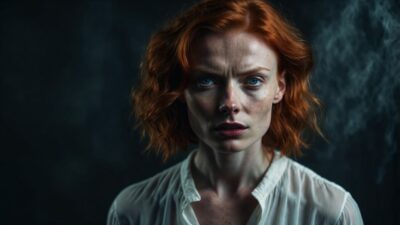The AI landscape in 2024 is a jungle. Every day, a dozen new tools launch, all promising to revolutionize creativity. It’s overwhelming, and it’s easy to get lost in the hype. That’s why I’m not giving you an exhaustive list of every tool out there. I’m sharing the five that have actually earned a permanent place in my dock—the ones I use almost daily to go from idea to execution faster and more creatively than ever before.
1. ChatGPT: The Universal Brainstormer
Before I even think about a specific prompt or visual, I start a conversation with ChatGPT. I treat it as an initial sounding board. I throw rough ideas at it, ask for outlines, and use it to structure my thoughts. It’s brilliant for turning a vague concept into a solid plan. It’s the partner that helps me figure out what I want to say.
2. Gemini: The Prompt Perfectionist
Once I have the core idea structured, I turn to Gemini to help me craft the perfect language to bring it to life, especially for visual generation. Following the principles I laid out in my “Art of the Prompt” post, I use Gemini as a specialist. For my “Fun beats” project, which involves creating children’s videos, I’d ask Gemini: “Help me write a detailed prompt for a friendly, cartoon-style beaver character playing a guitar in a vibrant Canadian forest. The style should be joyful and simple.” Gemini excels at translating a creative goal into the specific “prompt language” that image models understand best.
3. Stable Diffusion: The Visual Engine
With a meticulously crafted prompt in hand, I head to Stable Diffusion. This is my workhorse for image generation. Because the prompt is already so detailed, my iteration time is drastically reduced. I’m not just rolling the dice; I’m directing the AI with precision. It’s here that the beaver character for “Fun beats” is born, with the exact style and mood I envisioned.
4. Runway: The Animator
A static image is great, but for video content, it needs to live and breathe. That’s where Runway comes in. I take the images generated by Stable Diffusion and use Runway’s tools to animate them. It could be simple motion, like making the beaver strum his guitar or having leaves fall in the background. It’s the tool that bridges the gap between a beautiful illustration and an engaging piece of video content.
5. Suno: The In-House Composer
Every video needs a soundtrack, but licensing music is a minefield. Suno has been a game-changer. I can generate original, royalty-free music simply by describing the vibe I need. For “Canadá Fun beats,” I could prompt it with “a cheerful, upbeat folk song for kids with an acoustic guitar and a happy whistle.” In minutes, I have a custom track that perfectly matches the visuals, without any copyright headaches.
Conclusion: A New Way of Working
These five tools have fundamentally changed my workflow. They’ve collapsed what used to be separate, specialized, and time-consuming tasks into a fluid, integrated creative process. I’m no longer just a designer or an editor; I’m a director of a powerful AI creative team. And that has made all the difference.





